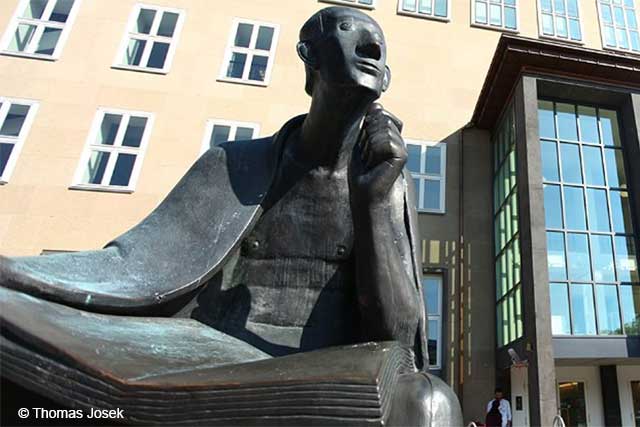
Digital games facilitate learning about mental illness
A new study focussing on depression shows how digital games can be used to learn about mental illness
UNIVERSITY, RESEARCH, STUDYING
PHOTOS
Understanding the causes of ageing and ensuring that we remain healthy for a long time in the last stage of life - these are the goals of the Cluster of Excellence for Ageing Research CECAD. The research also produces fascinating microscopic images.
Photos: Martin Höhne, Eva Wiesner, Hyun Ju Lee, Mirka Ulirova, Sara Wickström, Parisa Kakanj
UNIVERSITY MAGAZINE